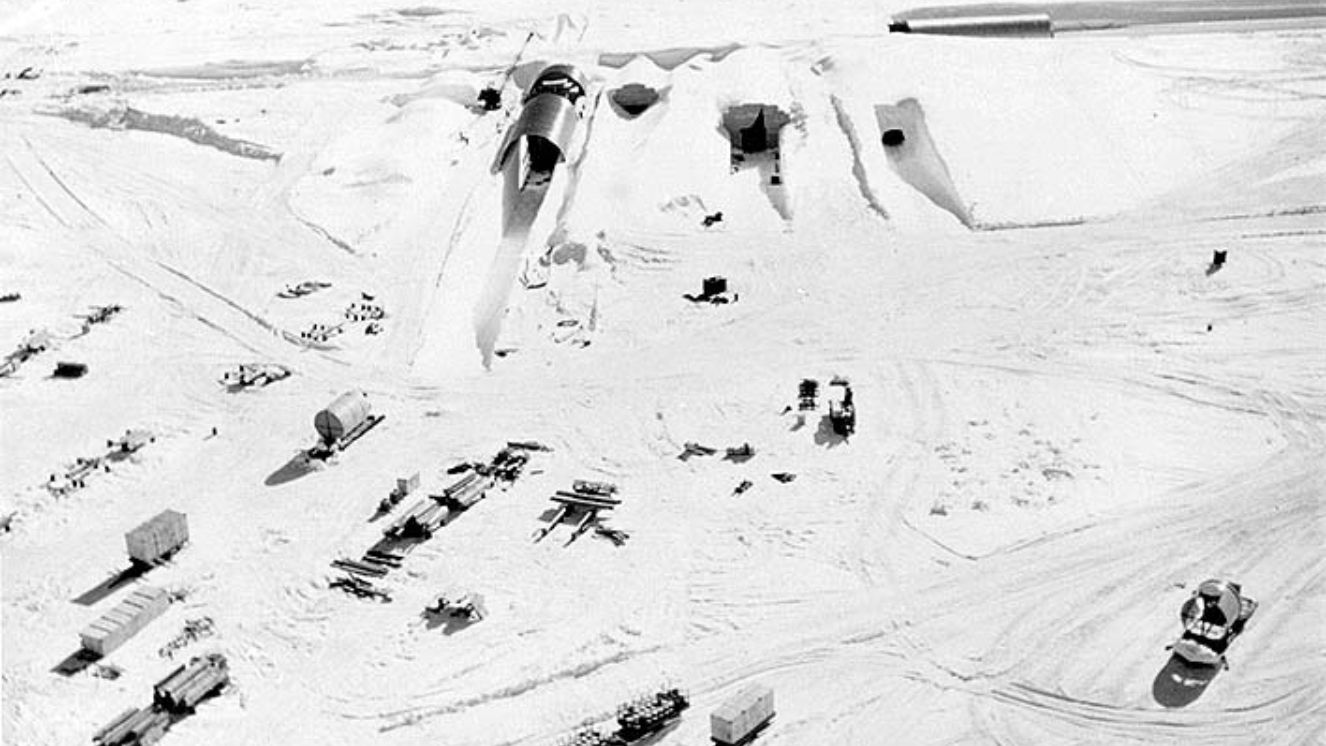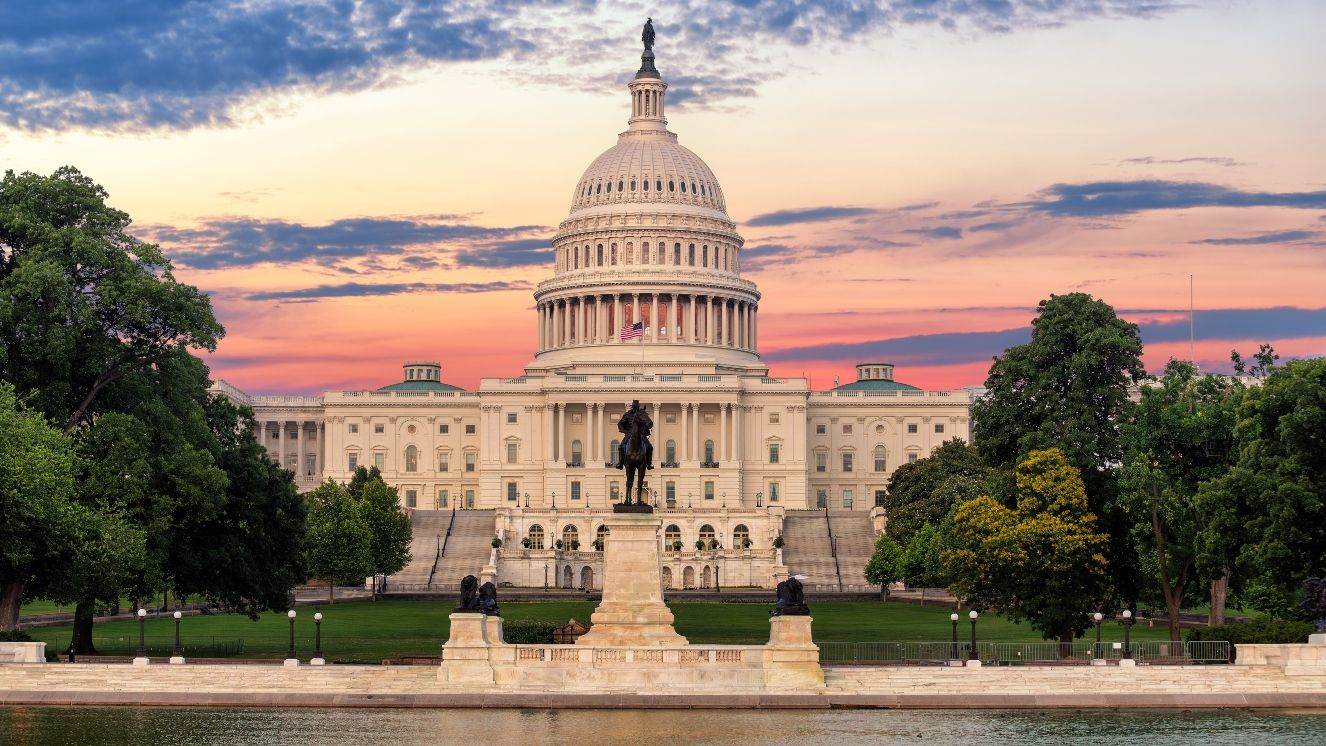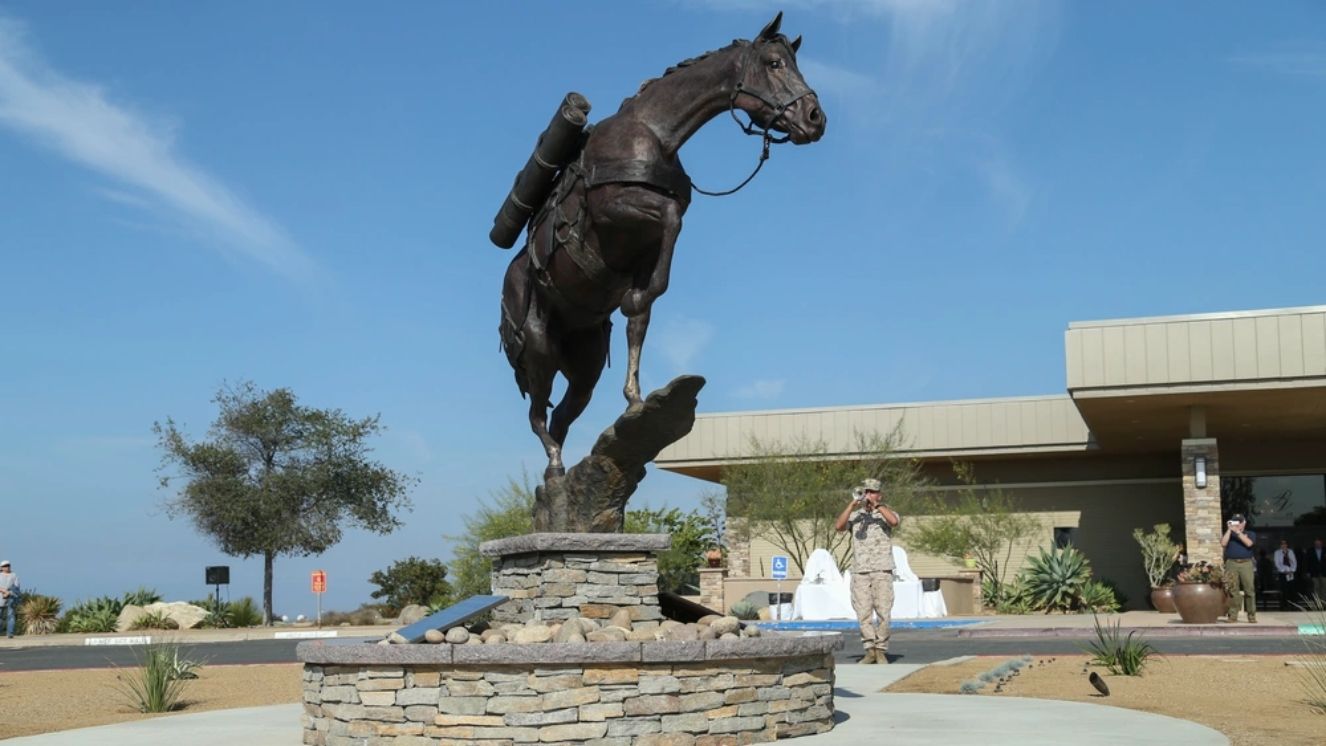HOW THE BANANA WARS TURNED A BREAKFAST FRUIT INTO A BATTLEFIELD

What if somebody told you that decades ago, the U.S. sent soldiers just to protect your usual morning fruit…bananas? It would sound ridiculous to anyone, right?
While it may sound ridiculous, it actually happened between 1898 and 1934. Yup, you read that right. This period was known as the Banana Wars.
It was a weird chapter in history where the U.S. military fought to defend the business interests of fruit companies in Central America and the Caribbean.
If you’re wondering if these were wars about freedom or democracy, the answer is no. In simple thought, they just wanted to keep the banana supplies alive and keep the money flowing to the United States.
What Were the Banana Wars?
The story of the Banana Wars began in the 1890s, when the United States decided it should “look after” the Western Hemisphere. To put it simply, this meant protecting its growing business interests.
One company in particular, United Fruit—later known as Chiquita Brands International—controlled vast banana plantations stretching from Guatemala to Colombia. It was one of the major banana suppliers to the United States.
This era also gave rise to the term “banana republic.” While it might sound like a tropical paradise obsessed with banana smoothies, the reality was much darker. The company held so much power that locals joked its flag could replace their national one, since it practically ran entire countries.
Whenever a local leader tried to tax the company or improve workers’ rights, U.S. Marines would conveniently arrive to “restore order.” The main triggers for intervention were usually taxation and land reform—and United Fruit always had powerful backing.
In the end, everything worked out for the U.S.: it got the bananas and the profits. Central America, on the other hand, was left with instability, debt, and a long-lasting sense of resentment.
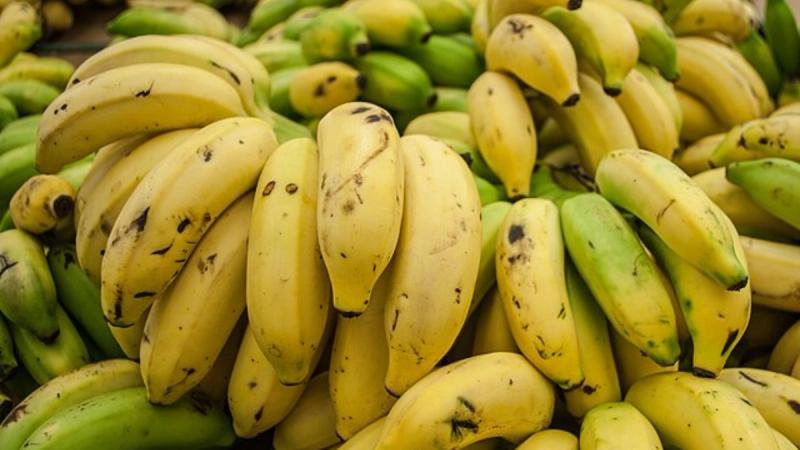
Who Slipped on the Banana Peel?
Between 1898 and 1943, the United States sent troops into almost every country in the region—as if on a tropical tour. Kidding aside, this period was marked by constant interventions, such as when the U.S. entered Honduras seven different times to protect competing fruit companies. Presidents there came and went faster than the harvest season.
In Nicaragua, U.S. Marines remained for more than twenty years. Their long occupation eventually sparked resistance, led by revolutionary Augusto César Sandino, who became a symbol of opposition to U.S. control.
The Marines also occupied Haiti for nineteen years and even rewrote its constitution to allow foreigners to own land—a rather twisted way of saying “thanks for having us.” In the Dominican Republic, U.S. forces claimed to be restoring order, but in reality, they were safeguarding sugar and banana exports.
What Was the Real Cost of the Banana Wars?
After this so-called tropical tour, one of the saddest events unfolded in Colombia in 1928, when banana workers demanded fair pay from the United Fruit Company.
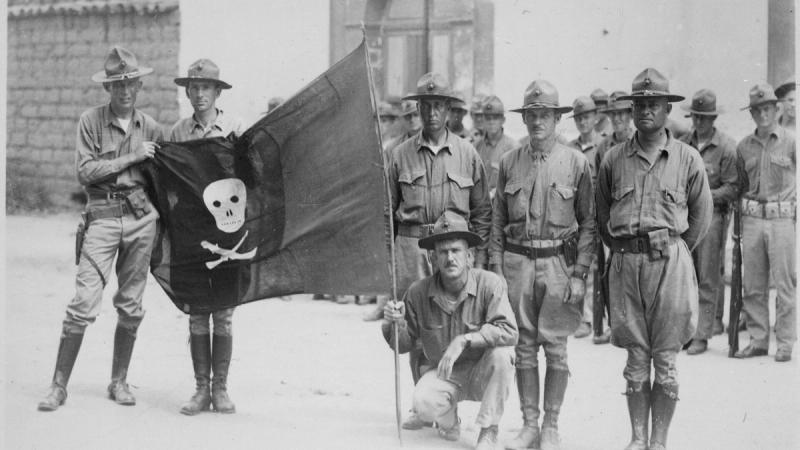
A strike broke out, and instead of listening to the workers, the company called in the Colombian Army. The result was tragic — hundreds of civilians were killed in what became known as the Banana Massacre.
The United Fruit Company had become so powerful that it didn’t just sell bananas; it acted like a nation of its own. It owned millions of acres of land and even printed its own currency. Workers weren’t paid in real money but in company tokens that could only be used in company-owned stores — a clever way to ensure the money never left the company’s hands.
In return, local leaders received financial “support” and U.S. protection. Most of them were satisfied — except for the citizens who were forced to live under oppressive regimes. In many ways, the company controlled entire nations.
One of the most honest voices to speak about the Banana Wars was Major General Smedley D. Butler, one of the most decorated Marines in U.S. history. After retiring, he openly admitted,
“I was a racketeer for capitalism. I helped make Honduras right for American fruit companies.”
It’s rare to hear a general essentially say, “Yeah, we fought for bananas.” But honesty counts for something.
Don’t Slip on a Banana Peel
Everyone can agree that the story is shocking — wars were fought, and civilians were killed — all because of bananas. That’s the sad truth. When money is at stake, people stop fighting for freedom and start fighting for profit. Economic interests can be just as dangerous as ideological wars.
You might laugh as you read this, then find yourself peeling a banana at breakfast. There’s nothing wrong with that — most of us have no idea that our simple morning fruit comes with a side of history.
It turns out we really did slip on a banana peel back then — and, in many ways, we’re still feeling the bruise today.
Read next:
- A New Monroe Doctrine? Pentagon Drafting New National Defense Strategy
- The Strange Story of Project Sea Hunt and Its Pigeon Heroes
- Breaking the Sound Barrier: Chuck Yeager’s Historic Mission
Sources:
BY ALLISON KIRSCHBAUM
Veteran, Military History & Culture Writer
Allison Kirschbaum is a Navy Veteran and an experienced historian. She has seven years of experience creating compelling digital content across diverse industries, including Military, Defense, History, SaaS, MarTech, FinTech, financial services, insurance, and manufacturing. She brings this expertis...
